- 13 Jan 2016 22:08
#14641945
Exactly. Exactly, that is precisely what modernists were trying to accomplish, Saeko, well said. Basically the idea was to just not have things on a building that didn't make any sense to have there.
But for some reason, a lot of people never understood that simple request. Also, there's a perception that fighting against modernist architecture (ie, with regards to this thread: constructivism, structuralism, whatever) is somehow fighting 'against Sovietism', even though the Soviet Union itself after Stalin did not actually implement it.
Least of all in Moscow, given that Moscow looks literally like a gingerbread house from the 1700s. Edible gingerbread architecture, how can I even take it seriously, I just want to eat it.

Saeko wrote:It's not a wholly unreasonable thing to say that the parts of a building should actually have some sort of function other than just sitting there for the hell of it, and that things can look beautiful in doing their job.
The whole point of giant columns in the first place was that they were actually capable of holding up a building made of stone and marble, not because anybody thought they just looked cool.
Exactly. Exactly, that is precisely what modernists were trying to accomplish, Saeko, well said. Basically the idea was to just not have things on a building that didn't make any sense to have there.
But for some reason, a lot of people never understood that simple request. Also, there's a perception that fighting against modernist architecture (ie, with regards to this thread: constructivism, structuralism, whatever) is somehow fighting 'against Sovietism', even though the Soviet Union itself after Stalin did not actually implement it.
Least of all in Moscow, given that Moscow looks literally like a gingerbread house from the 1700s. Edible gingerbread architecture, how can I even take it seriously, I just want to eat it.















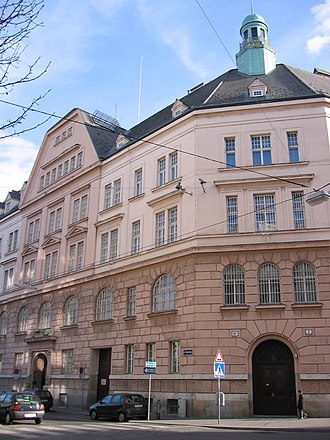





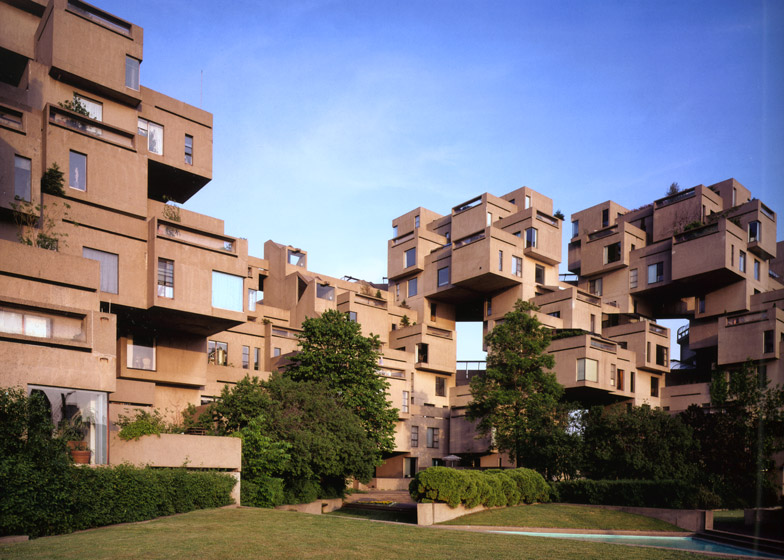
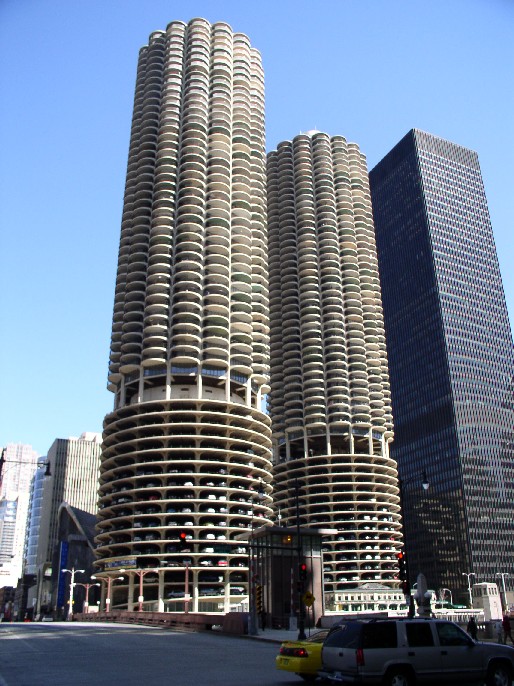
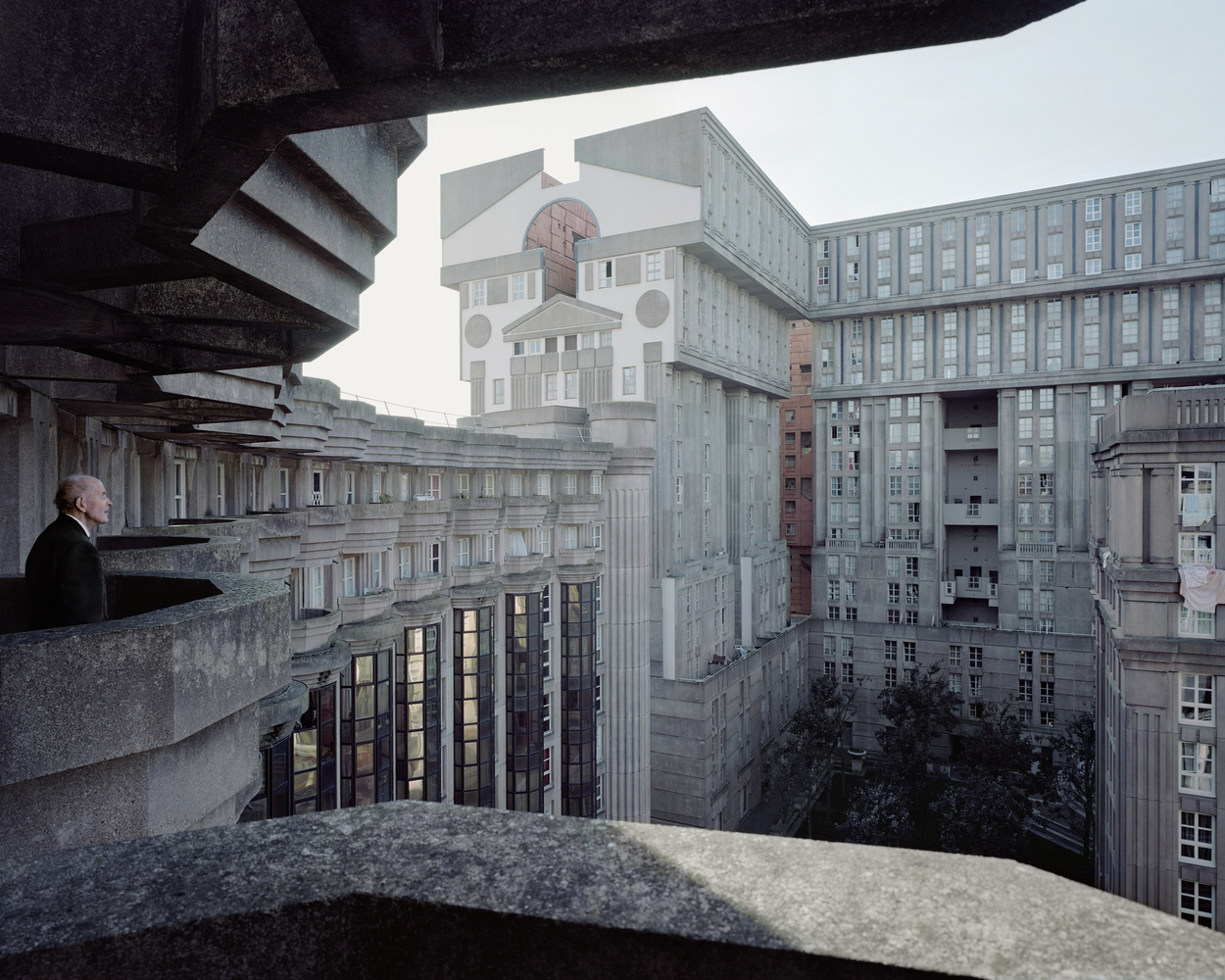
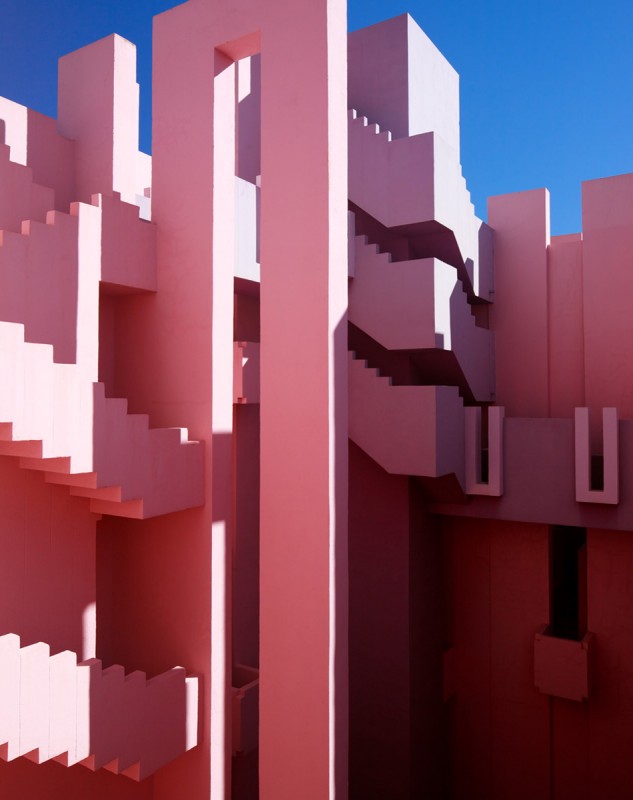











 - By Tainari88
- By Tainari88